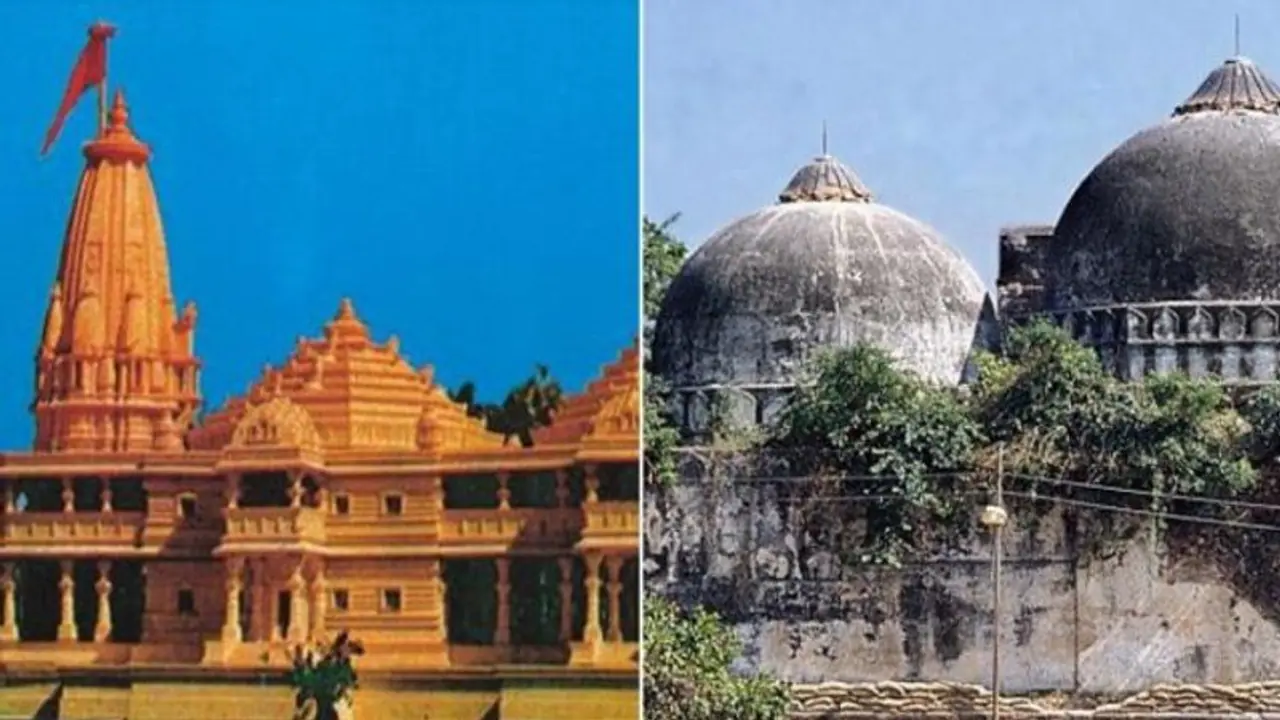The five-judge bench of the Supreme Court headed by Chief Justice of India Ranjan Gogoi delivered the historic judgment with respect to the Ayodhya case. Here are the key takeaways.
Here are the key takeaways from the Supreme Court judgment with respect to the #Ayodhya verdict where the disputed land has been handed over to the Ramjanmabhoomi Nyas with alternate land being given to Sunni Waqf Board.

Supreme Court granted entire 2.77 acre of disputed land in Ayodhya to Ramjanmabhoomi Nyas.
Supreme Court asked Centre to formulate a scheme under the Ayodhya Act 1993 to set up a trust.
Suitable plot of 5-acres to be allotted to the Sunni Waqf Board.
Possession of the site to be handed over to the trust.
Damage to Babri mosque was a violation of law: Supreme Court
On the contrary, Hindus established their case that they were in possession of outer courtyard: Supreme Court
UP Sunni Central Waqf Board has failed to establish its case in Ayodhya dispute: Supreme Court
Muslims were not in possession of outer courtyard of the site: SC.
Faith of Hindus that Lord Rama was born at demolished structure is undisputed: Supreme Court
Hindus consider this place as birthplace of Lord Ram, even Muslims say this about disputed place: Supreme Court
Evidence suggests Hindus were in possession of outer court yard: Supreme Court
Title cannot be established on grounds of faith, belief; they are kind of indicator for deciding dispute: Supreme Court
Faith of Hindus that Lord Rama was born at demolished structure is undisputed: Supreme Court
